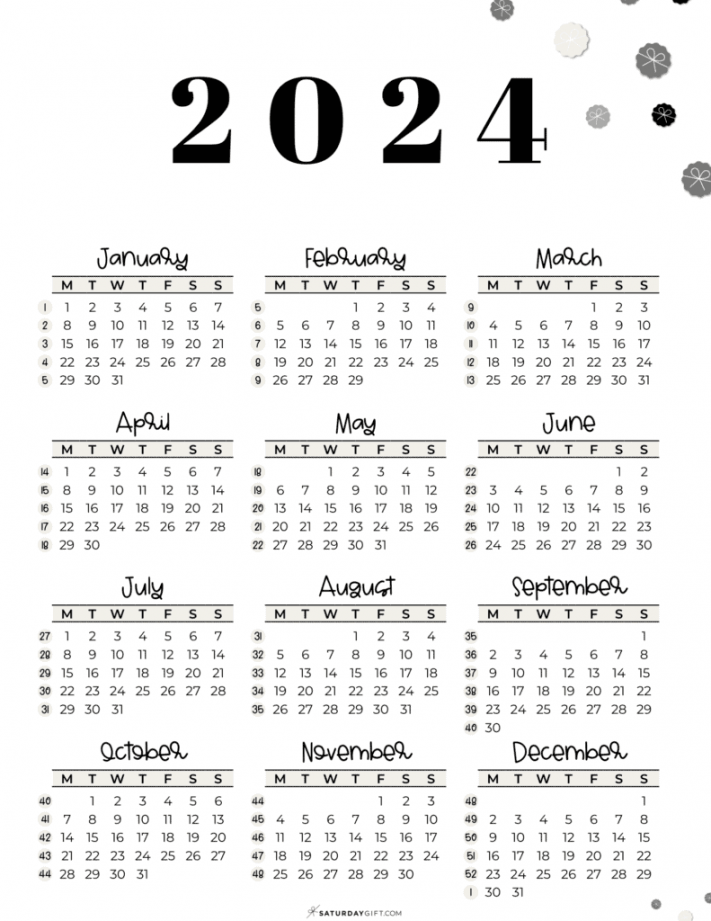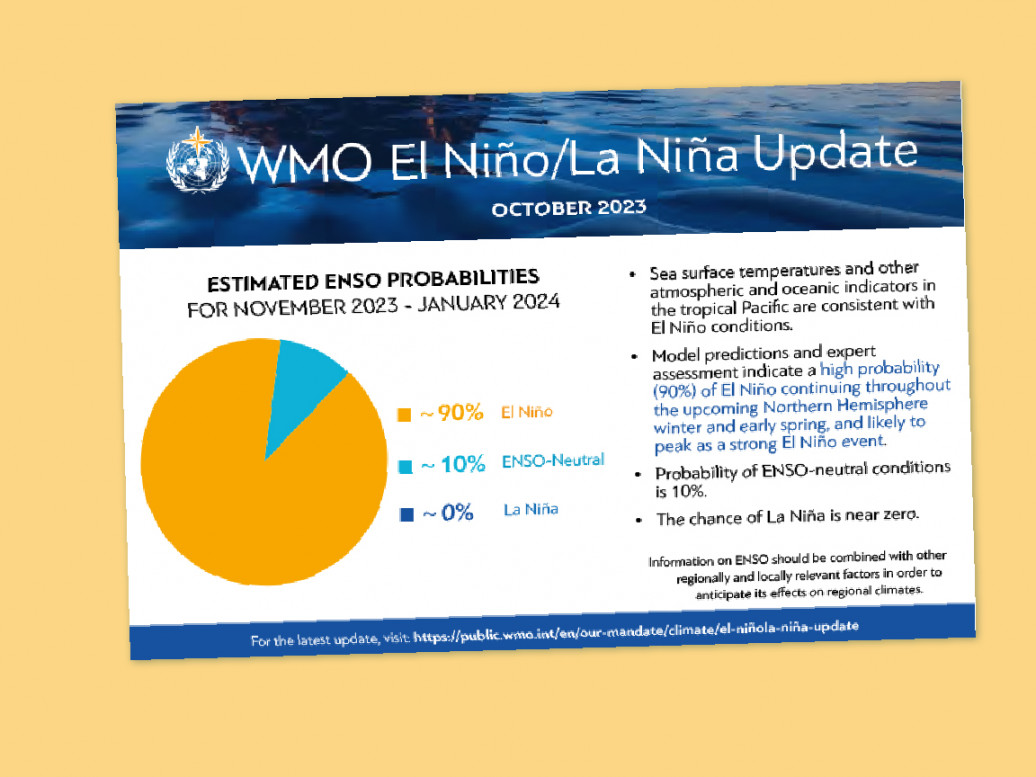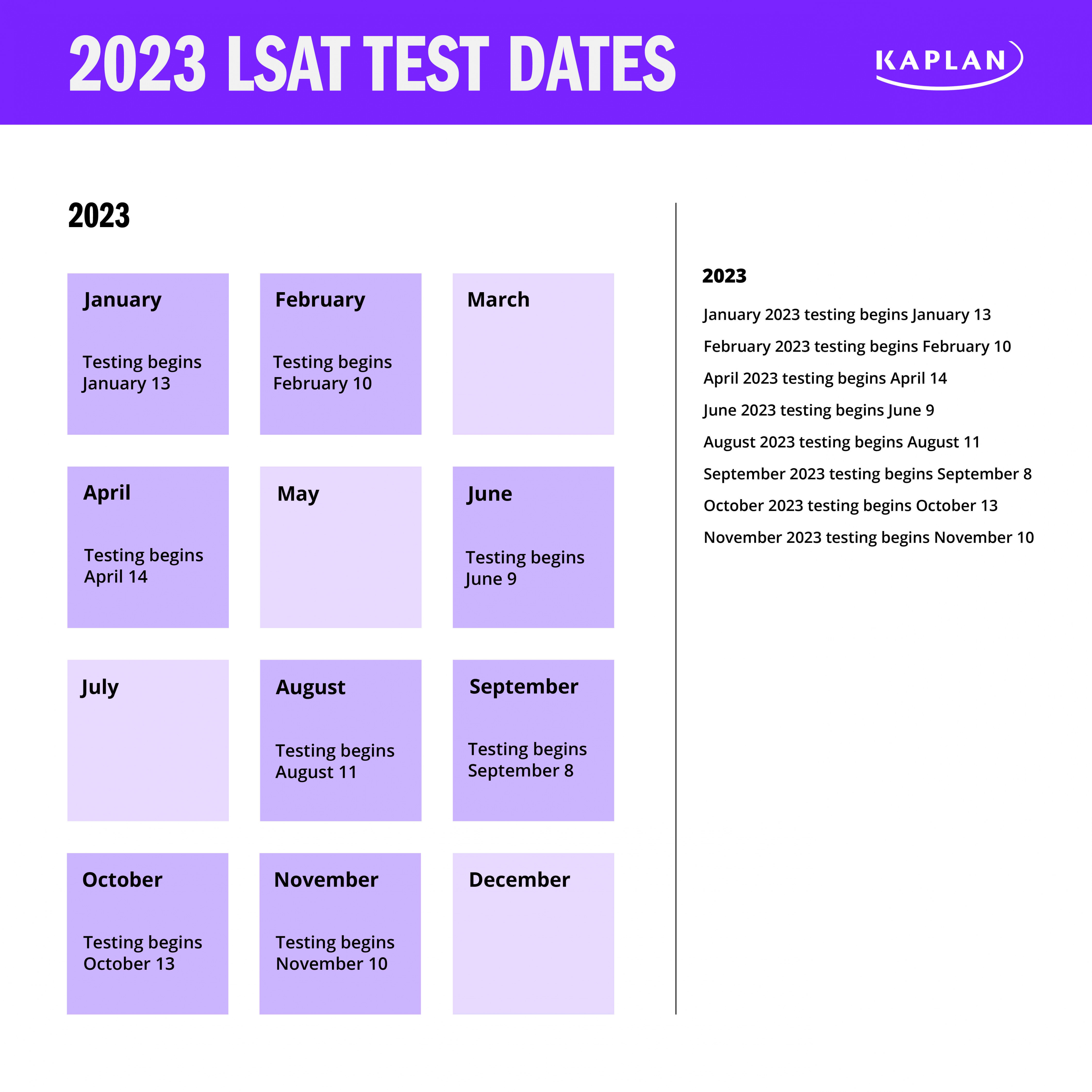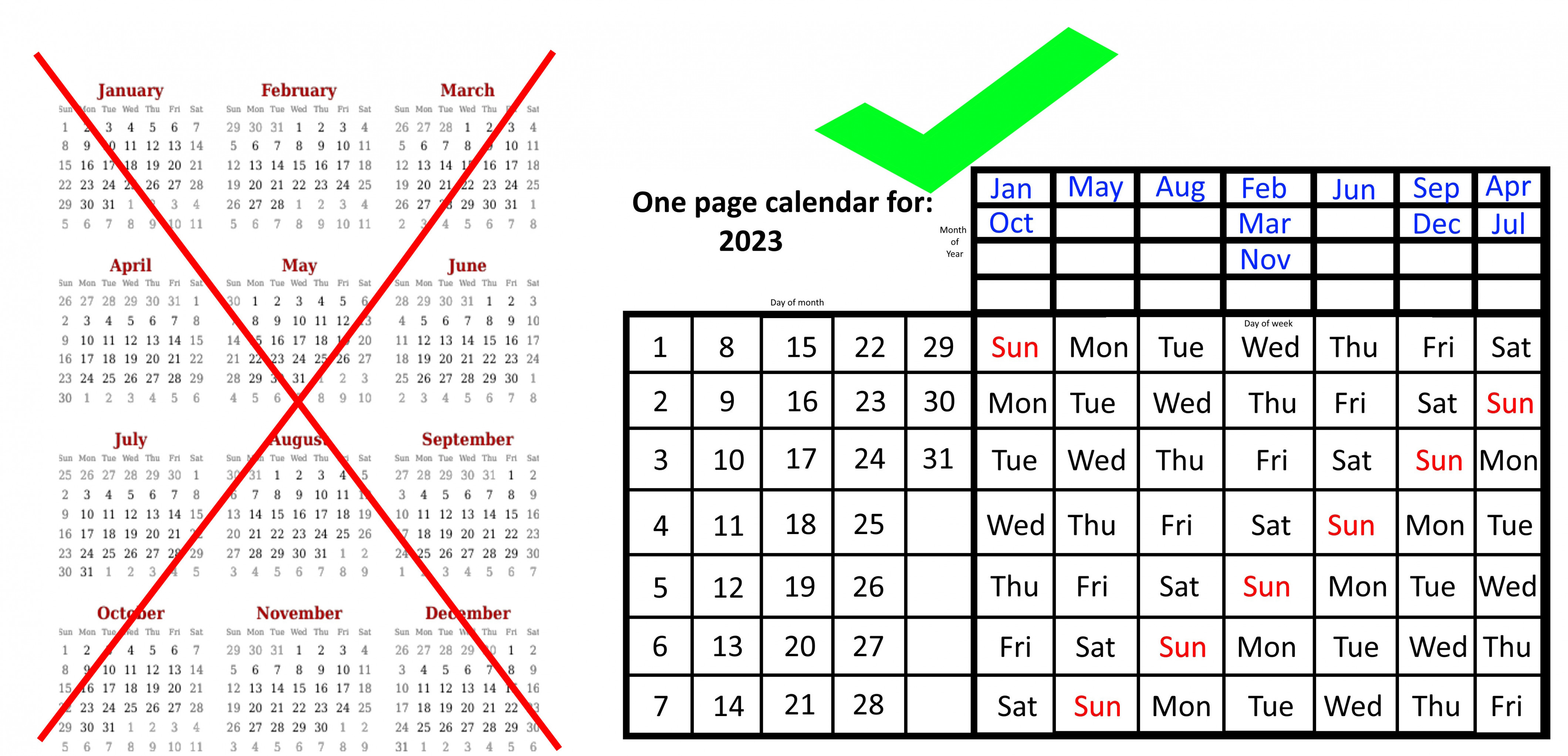How Many Months Until April 2023
Was Your First RMD Due April 1?
Required minimum distributions (RMDs) are a hot topic for many older adults and retirees in part because the requirements for taking money out of retirement savings plans like IRAs and 401(k)s can have practical, financial, and tax impacts. And, because of a special rule, if you turned 72 last year (i.e., during 2022), the deadline for taking your first RMD was April 1; for some, that could mean two RMDs for 2023.

So, here’s what you need to know about RMD deadlines and what new RMD rules apply if you fail to take an RMD on time.
What is the RMD deadline?

April 1, 2023, was the RMD deadline for some older adults receiving their first required distribution from an IRA, 401(k), or other similar workplace retirement plan, according to the IRS.
Subscribe to Kiplinger’s Personal Finance

Be a smarter, better informed investor.
Save up to 74%

Sign up for Kiplinger’s Free E-Newsletters
Profit and prosper with the best of expert advice on investing, taxes, retirement, personal finance and more – straight to your e-mail.
Profit and prosper with the best of expert advice – straight to your e-mail.
RMDs are normally made at the end of the year, but people who turned 72 in 2022 are covered by a special rule that allows the first distribution to be delayed until April 1 of 2023. So, if you were born after December 31, 1949, the so-called “April 1 rule” applies to taking your first required minimum distribution.
For all years following the first year, RMDs have to be made by December 31. So for example, if you receive your first RMD for 2022 on time (i.e., on or before April 1, 2023), then you must receive your second RMD (for 2023) by December 31, 2023. That can be confusing because the first distribution is the 2022 required distribution that was effectively delayed until April 1, 2023, for people who turned 72 last year.
If your 72 birthday was in 2022, the first RMD you receive this April will be taxable for 2023 and reported on your 2023 federal income tax return. That will be in addition to the second RMD that you will receive at the end of this year, i.e., by December 31, 2023.
What is an RMD? An RMD is, basically, money that is required to be taken out of a retirement savings plan. More specifically, RMDs are the minimum amounts that must come out of certain retirement plan accounts each year once the account holder reaches a certain age.
Which retirement plans require RMDs? RMD rules don’t only apply to IRAs and 401(k)s. If you have a traditional SEP or SIMPLE IRA, or a workplace 403(b) or 457(b) plan, you have to take required minimum distributions. However, RMDs don’t apply to Roth IRAs.
New RMD age for 2023
A new law passed last year, the SECURE 2.0 Act, increased the required minimum distribution age to 73 beginning January 1, 2023. The bump to age 73 is a key RMD change, but in ten years, the RMD age will move to 75. However, as has already been mentioned, if you turned 72 in 2022, you had to take your first RMD by April 1, 2023.
Delays in the age for taking RMDs raise tax implications and can present practical challenges. The latter can be particularly significant for retirees with lower incomes, who typically use RMDs to cover living expenses. As a result, it is important to consider how any RMD changes could impact you, and plan accordingly.
What happens if you miss the RMD deadline?
In the past, if you missed the RMD deadline, you would have been potentially subject to a 50% penalty. But SECURE 2.0 reduced RMD penalties beginning this year. The penalty is now a 25% excise tax on the late RMD, or on RMDs that don’t meet the minimum amount. However, if you correct the RMD within a certain period of time (i.e., by the end of the second year after the RMD was due), the penalty can be as low as 10%.
If you think you will miss or have missed a RMD it’s a good idea to consult a tax professional.
April 1 RMD deadline: What you can do
If you turned 72 during 2022 and are covered by the special “April 1” rule, keep in mind that for federal tax purposes, RMDs are taxed as ordinary income. State taxes can also apply, so taking two RMDs in a single year can have potentially significant tax consequences.
For example, having two RMDs in 2023 could potentially push you into a higher federal income tax bracket. If that happens, a larger portion of your Social Security income could be subject to tax, or you could pay more for Medicare Part B or Part D.
That’s why if you have concerns about how your RMDs will impact your taxes, it’s important to consult a trusted finance advisor or tax professional. The IRS also provides information on RMDs including answers to frequently asked RMD questions, on its website.